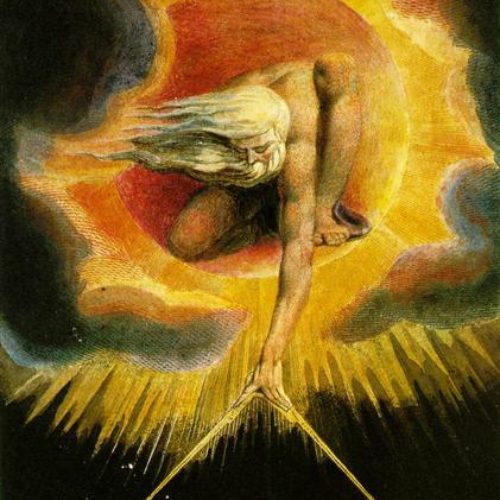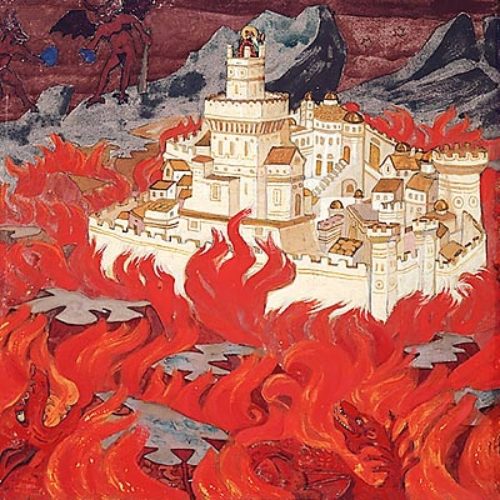When looking at the primary affect programs, we see what may be at the root of some of our emotions. But rarely does it tell us exactly how we define an emotion. There is always a cultural way to define emotion, and aligns with our biological understanding of emotions, but often it does not. Occasionally the affective neuroscience approach gives us some insight into the emotion, even when the emotions we experience tend to be much more complex. Getting to the core of human motivation helps us to see what is positive about “negative” emotion. This article deals heavily in one of the most negative emotions, and attempts to see what it can teach us to make good decisions.
One of the least intuitive systems of emotion affect programs defined by Jaak Panksepp is PANIC-ANXIETY. There are two major reasons for this: one is that despite it being an everyday emotion, we struggle to see its utility in our life, and the second is the PANIC-ANXIETY system has two phases with very different motivational tendencies.
Regarding the first reason, it seems clear that our emotions should always have some adaptational aspect to them. It is difficult to imagine these highly evolved bodies having been programmed with something so deleterious as depression without any survival justification. Fear is a brutal emotion, but it is so clear why we need it. PANIC-ANXIETY also called SADNESS is so difficult to see the point, and even coming up with a situation where it is useful is difficult enough.
In addition, the two very different phases that give PANIC-ANXIETY a diverse array of presentation, making it even harder to recognize and understand its justification. Breaking down this affect program will help us understand its utility and help us to become aware of it, and let it signal to us, what we need.
The Program of PANIC
The PANIC system, has many names because it does not fit perfectly into one emotional category or another. Some of these names include panic, anxiety, grief, sadness, despair, or depression. Although, in our daily life these words have very different connotations. How often is sadness actually mistaken for panic? But when we look at PANIC-ANXIETY as an affect program, with its further complexity and relationship to SEEKING, we see that these concepts all have a relationship under the PANIC-ANXIETY umbrella.
Let’s begin with a definition. The PANIC system is categorized as the system that responds to a loss or separation and is closely related to social bonding and parenting. Generally speaking, the object that is lost is foundational to the way one has been living, foundational to survival or the great meaning of one’s life. A small mammal that loses its parent has this PANIC system activated. The more everyday analogy to this might be very different. The same system could be activated if a person realizes that he was not as competent as he thought he once was; something in his life went so wrong that we can no longer act in a way that presumes his competence.
Note: I used object, person, goal, interchangeably here because they can all be the object of PANIC-ANXIETY.
Both of these signal that there will be a complete change in the way one is oriented in the world. Now that explains the connection between panic and sadness or grief. But now we can look at the two phases to understand why we have such a system for survival.
The Two Phases
What makes PANIC unique among the affect programs is the fact that is has two distinct phases. But may make the system seem cluttered or contrived, but imagine what obvious steps need to be taken when one has lost a vital object. We see that this system is exactly what you would expect and contains a great deal of motivated logic.
The first phase, which is more in line with the “PANIC” name, is the exaggerated effort to regain the lost object. This is seen with enhanced SEEKING activity with an element of desperation. This enhanced SEEKING makes us susceptible to other motivations like RAGE which hinge on SEEKING that is frustrated. If we want to compare this affect program to the five stages of grief, the enhanced SEEKING and susceptibility to RAGE both relate well to denial and anger. This behavior has clear utility in that if the object is only temporarily lost, it can be reunited with or found. But often the lost object will never be found, like the past will never be exactly like the present, this initiates the second phase.
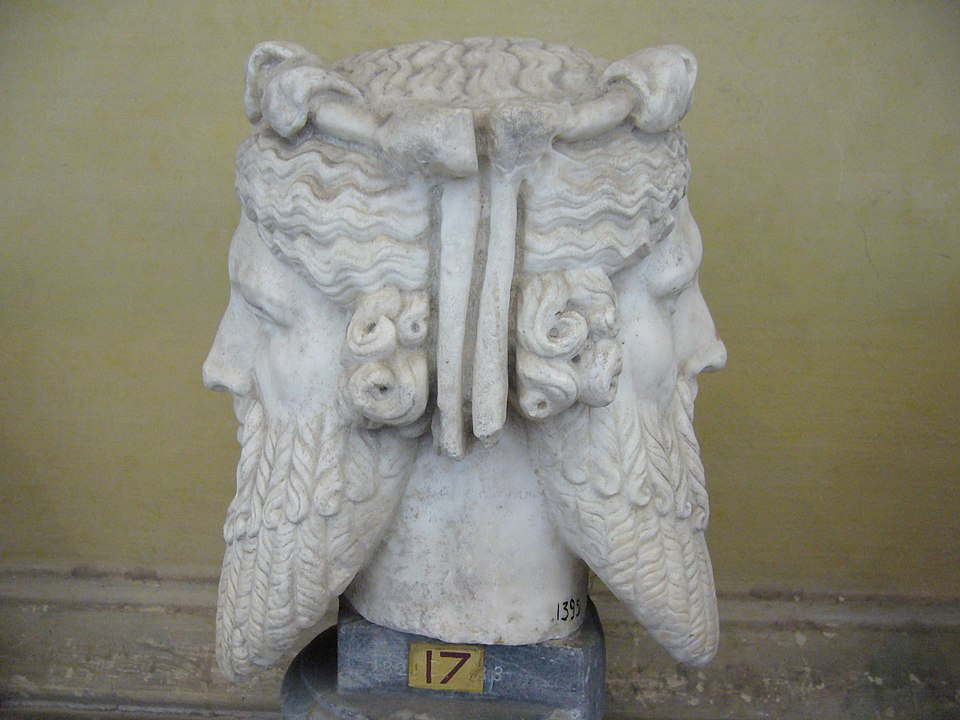
The second phase is the one more closely aligned with depression. This is the time when one’s venture to recover the lost object is determined to be fruitless. Not only that, but it is dangerous or harmful to continue the pursuit. For a lost animal, making calls would become more likely to attract predators than any friends.
“In terms of animal modeling, depression reflects the behavioral agitation of separation distress followed by emotional shutdown. The initial behaviorally agitated panic state may include SEEKING arousal, followed by dramatically diminished SEEKING during the depressive “despair phase.”
Panksepp & Watt in “Why Does Depression Hurt?”
Although, giving up seems like the obvious path if something is truly gone, the experience of depression and loss seem to be the least useful emotions we have. Why should it be so painful to force us to move on?
Why Does PANIC-ANXIETY Cause Suffering?
This is an emotionally painful program that has been built into us. This makes it easy to see it as excess of pain, as God having a laugh at our suffering. The suffering caused by grief and sadness seems needless. But taken from an evolutionary perspective, there must be some advantage to this pain.
The pain and frustration of the first phase makes much more sense than that of the second. If we lose something integral to our lives, it should be clear that we must do everything we can to regain it. Clearly this helps us maintain our ways in the world and the social or material resources we have. Many times, a lost object may easily be regained, if it is not truly lost. But what if we have truly lost that object, why suffer any more than we need to?
Energy Conservation
If an object is truly lost, a despairing phase must be activated. We cannot continue searching for everything we have lost in our lives, otherwise our efforts would continually be directed towards returning to the pleasure of eating our first delicious meal.
“When protest fails to ensure reconnection, a behavioral shutdown (depression) comes into the picture to protect against the consequences of prolonged PANIC, leading to diminished indices of active separation-distress, but not fully diminished internal psychic pain.”
Panksepp & Watt in “Why Does Depression Hurt?”
The low energy of depression seems to be a common characteristic of this affect program. It keeps us from reactivating the increased SEEKING for the lost object. But that may not explain the taxing feeling of depression and loss. In fact, it still seems counterproductive. It does not seem beneficial to mope about it when you’ve lost a layer of protection and meaning, you may be in danger, or you may need to be in serious need to fix a problem. Grief seems to be completely antithetical to the notion of repairing the void that one had lost. Not only that, but the pain itself is also taxing.
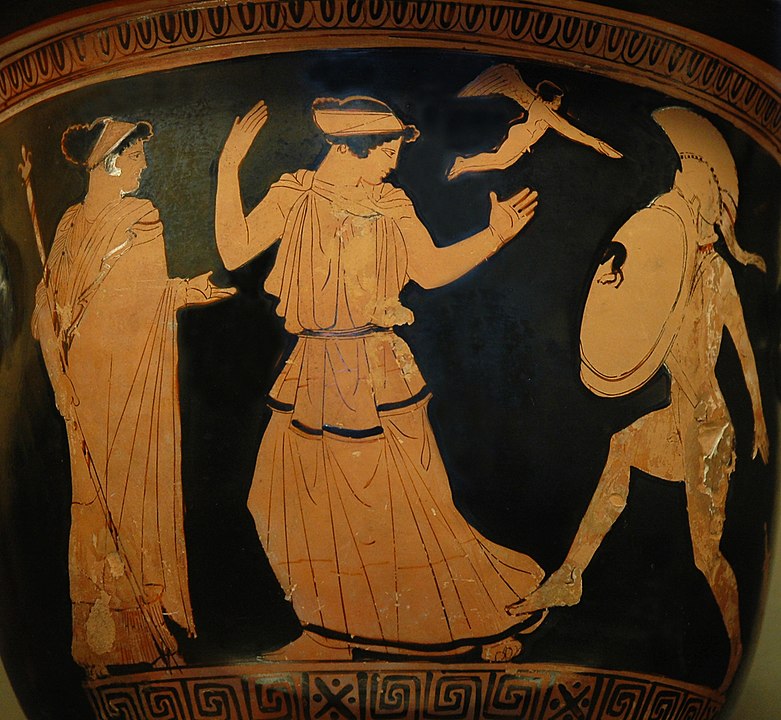
Personal Safety
An evolutionary theory may help to understand the counterproductive nature of grief. It may actually do you good to be careful and closed off. If one is made vulnerable to outside dangers it may be smart to isolate, distrust, and lay low like the lost animal becomes quiet, so as not to alert predator (or people who would gladly take advantage of your needy state). When something so vital is lost you are in unknown territory and it will feel like a risk to attempt normal life activities.
Learning from Loss
One theory may be that the pain of grief may be teaching us to hold our friends, family, ideals, and self-hoods closer and safer. Pain is an excellent teacher and it may act as a deterrent against being to lax with what is important in one’s life. If one knows how painful it is to lose, one will do everything possible to keep those things safe. This may motivate us to secure things in our lives, but I do not think this is the only cause of pain.

Pain as the Disassociation of Objects
But I think pain is a sign that you are learning what not to do, what not to think about. And it is a requirement for you to get past the lost object. The pain of having a torn muscle is not made conscious because your brain enjoys torture. The pain is the effect of learning to move differently without the need to that muscle. Without it, you would cause further damage. The pain teaches you to act without something that was relied on.
The purpose that is proposed for this affect system is that the pain must become associated with the desires object to demotivate the fruitless attempts to gain it back. The pain is at the culs-de-sac of the object desired, there is not where to go with ones needs. It keeps SEEKING from aiming at this lost goal, and perhaps at something else more manageable.
“When one door closes, another often opens up; but we so often look so long and regretfully upon the closed door, that we do not see the ones which open for us”
Johnmarshall Reeve in Understanding Motivation and Emotion
A Lesson on Moving On
With the permanent loss of concrete objects and goals, such as a loved one, this system works clearly. But when what loss is ambiguous, where there is no closure or certainty, such as the feasibility of an ambitious goal, how one should react to despair is not obvious. There are many instances where one has to choose between moving on from something that can be left, like an ex-lover, or make an attempt to regain the person. The answer is rarely ever clear. Likewise, it is rarely clear when a goal is impossible, a purpose is fruitless, or an idea holds no value. Times will surely come when one is tempted to give up on something or someone, but decides to cling to those people, goals, or beliefs. But one should know when one is in the middle of a tragedy, persisting ambitiously towards a fruitless goal. The painful feeling of PANIC-ANXIETY guides us in these decisions.
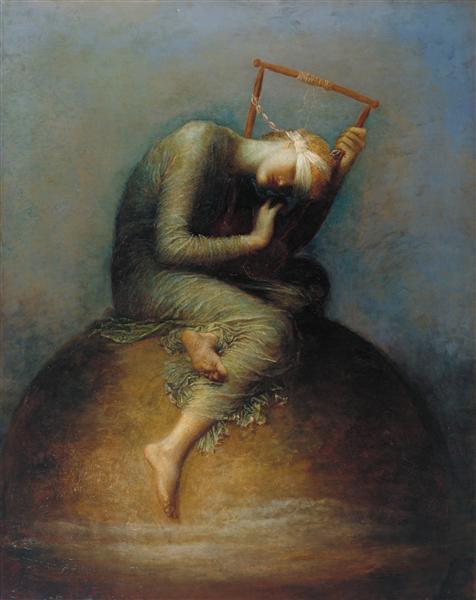
With the possible reasons for suffering in despair of lost objects that were described above, we might have some idea of how to go about understanding despair to direct our decisions properly. What follows are possible reappraisals of the PANIC-ANXIETY system.
The first point is about energy. We have limited energy and only so much to sacrifice for causes, and if we spend it on fruitless endeavors, we are taking it away from other goals. The feeling of despair is a sign that you may be sacrificing too much of your life to something fruitless. Or else you have not found the value in it yet. Caring for a sick loved one, who has something as tragic as Alzheimer’s, may not ever be reciprocated, and it is perfectly natural to feel despair in how much energy one puts into a thankless job. An effort like that is tempting to be abandoned. But it comes in finding the value of the pursuit in which one gains the energy to commit. One must compare one’s energy to the importance of the pursuit constantly.
The second point is about being made vulnerable by losses. When one gives up on something, one is in an extremely vulnerable position. They have a gap in them that desperately needs to be filled. Opportunistic people may fill that role or easy solutions may be put forward to replace the object. This is why one must be careful when a goal is given up or a person is lost. The “rebound” boyfriend or girlfriend is this, and it is possible to make a rash mistake in that. Sometimes the hopelessness that accompanies grief protects us from this overoptimism. Although the pain of loss gets us to want to replace the object quickly. On the flipside, despair can keep people from taking the risks needed to succeed on a goal, or to “fall” in love. In terms of getting one’s head reoriented after a loss, a lot of thought and reflection is required.
The third reason for the pain is that it is a deterrent for the loss of important things. The pain of loss helps you learn what your priorities are and learn to value what things, if they are missing, you feel incomplete. Being far away from a lover may help reinforce the love that you have because you know exactly what role they played in your life when they are no longer playing that role. This feeling can be very informative in how you need to fill that aspect of your life from here on out. But its dark side may be informative as well. The more one has lost, the more one might cling to things. If one learns to value transient things so much, one may become dependent on them or overly controlling. Excessive pain from loss can cause someone to have problems with attachment.
Similarly, the fourth reason for the pain is the dissociation of the lost object by the pain of thinking about it. As the thought of the lost object causes pain, without other motives, the pain can help bring about an effort to find something new to fill that role, but perhaps better. Such pain might make you averse to things which remind you of it and focus your energy on living without such an object. One learns independence from this, but also a less helpful avoidance of things that remind you of the lost object, for they are too unreliable to trust. If one learns from a breakup that they will never love again, perhaps their dissociation was far to generalized.
If anything, this article should teach us the utility of the phases of PANIC-ANXIETY and how they are adaptive. They are worth paying attention to, even if they do not give you the answer to your struggles, they can at least keep your eyes open to what to do when goals feel fruitless, people leave your life, or ideals are broken.

